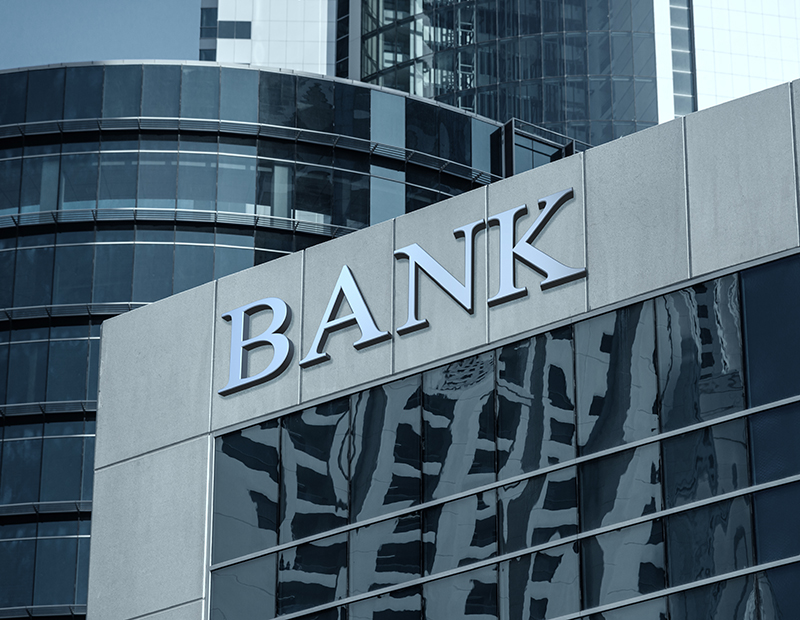How to Prevent Spreading COVID-19 in Office Buildings
An emergency management expert lays out what to do during the current outbreak, what to avoid and how to prepare for the next event.
Now weeks into the COVID-19 pandemic, millions of Americans are now working from home as the country battles the spread of the highly contagious virus. However, depending on how much a state or region has been impacted and whether a workplace is considered essential or non-essential, many workers are still in their offices.
For owners and property managers, having and implementing an emergency management plan is paramount. Susan Bazak, Principal of Bazak Consulting, says a pandemic fits within the context of emergency management and should be part of a building’s emergency plan.
Operators should take a three-pronged approach in their plan: containment, preparedness and mitigation.
“We’re primarily in the mitigation phase, using tools and communities to reduce the negative impact of the pandemic and continue functioning as much as possible,” Bazak said during a recent Urban Land Institute webinar that focused on the role of buildings in preventing the spread of coronavirus.
Bazak advised owners and operators to make health and safety their number one priority in their response efforts, putting people first while also focusing on protecting stakeholders. Human resources policies and guidance to employees should be consistent with the CDC’s COVID-19 guidance as the pandemic evolves.
READ ALSO: How SBA Can Help Your COVID-Hit Company
Paid sick leave policies vary state by state and even city by city, but if staff members are sick or need to take care of a sick family member, they must stay home, said Bazak. For areas that don’t offer paid sick leave or for employees who don’t have available sick leave, some cities can advance up to 80 hours for eligible employees and could be valid as long as the declaration of an emergency by city officials is still in place.
In the CDC’s guidance for businesses and employers, the agency urges anyone sick to stay home, cautions employers to separate sick employees immediately, asks everyone in the workplace to practice cough and sneeze etiquette, wash their hands often, perform cleaning protocols and communicate travel guidance to staff.
OSHA has its own guidance on preparing workplaces to prevent spread of the virus and to protect workers, while the World Health Organization has a general guide on getting a workplace ready.
Employers would also be prudent to consider other health and safety issues like supporting employees that are older or have preexisting conditions, maintaining good air quality and offering mental health resources.
What to Avoid
Even with a wealth of resources available from health organizations, government agencies and industry associations on what owners and operators can do right now, it could be easy to make a misstep. Bazak named five things real estate professionals should avoid in the workplace:
- Mixed messages to employees;
- Late information;
- Paternalistic attitudes;
- Not countering rumors and myths immediately;
- Power struggles and confusion.
Bazak urged professionals to listen and respond appropriately to employees’ concerns and needs. “Effective communication is always two-way,” she said.
Debrief and Prepare Again
Though we are still very much in the thick of the coronavirus outbreak, the world will eventually turn the corner and contain the spread and scope of the disease. What real estate professionals can learn from the COVID-19 experience is how to best be prepared for future crises.
“We can expect more infectious disease outbreaks,” said Bazak, who pointed to a World Economic Forum white paper published recently that listed increasing trade, travel, population density, human displacement, migration and deforestation as factors that will leading to more natural disasters and disease outbreaks around the world.
Those in the real estate industry should meticulously document everything they did during the pandemic response and conduct stakeholder debriefing sessions identifying what went well, where the gaps were and what needs to be improved, Bazak suggested. Once that’s been done, share your findings with the industry.
With the coronavirus pandemic potentially lasting 18 months or longer, and the possibility of multiple waves of illness, professionals should be prepared for supply chain and transit impacts, and significant shortages for government, private sector and individual consumers.
Bazak urged industry professionals to ask themselves these questions: How can your business adapt long-term? What is your plan to cope with expected shortages? What’s your recovery plan? Which programs and services will resume first?








You must be logged in to post a comment.